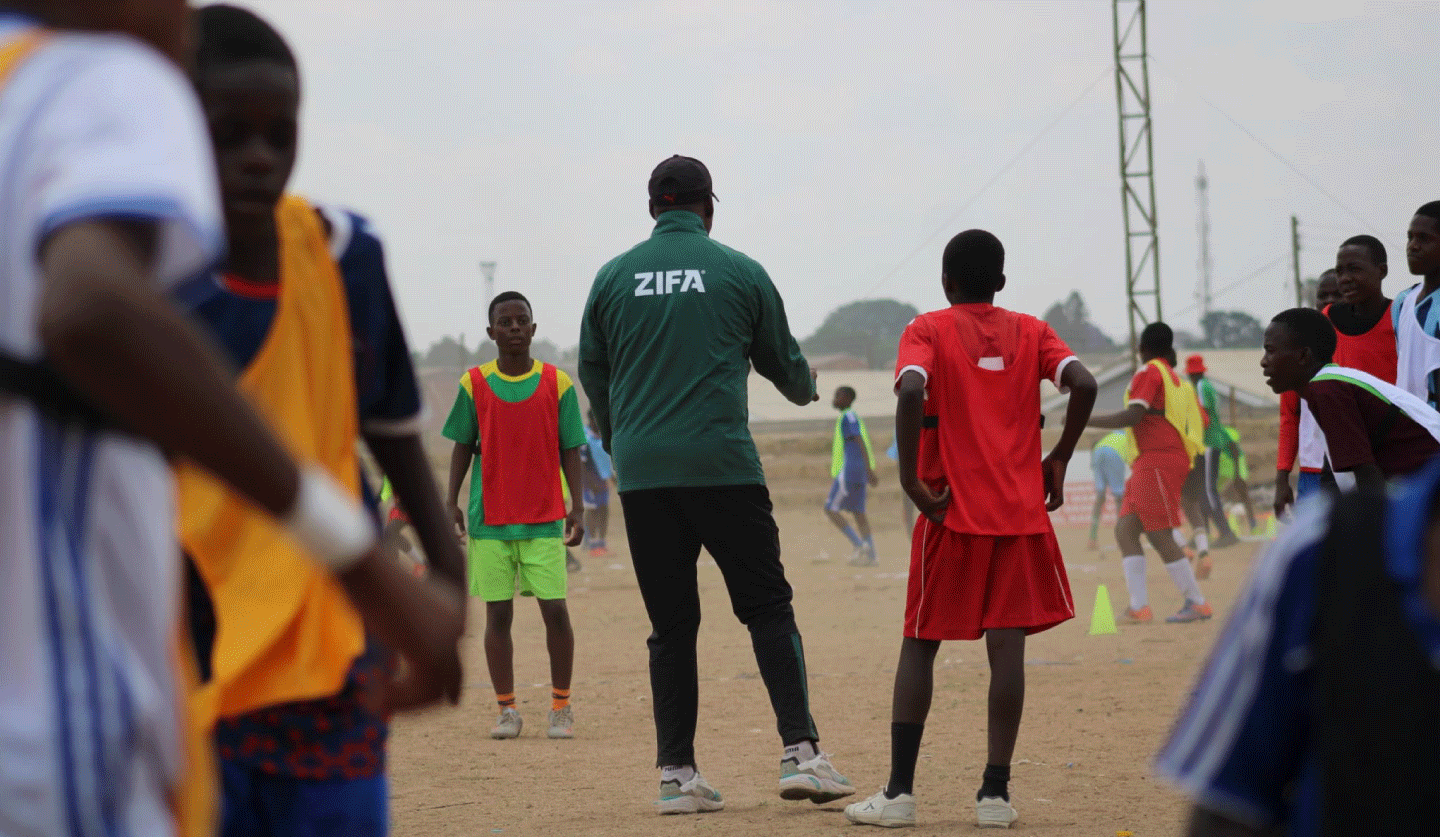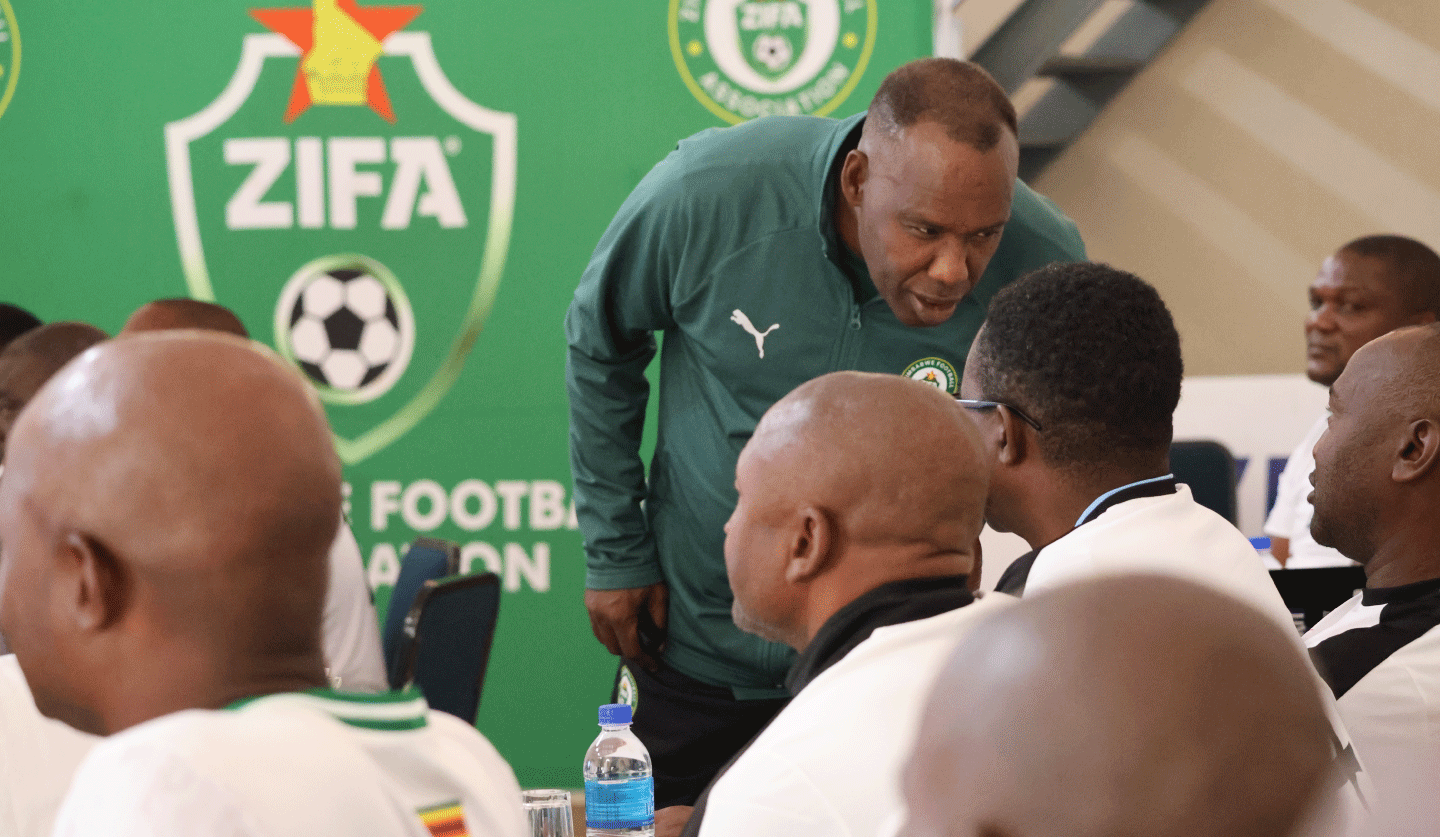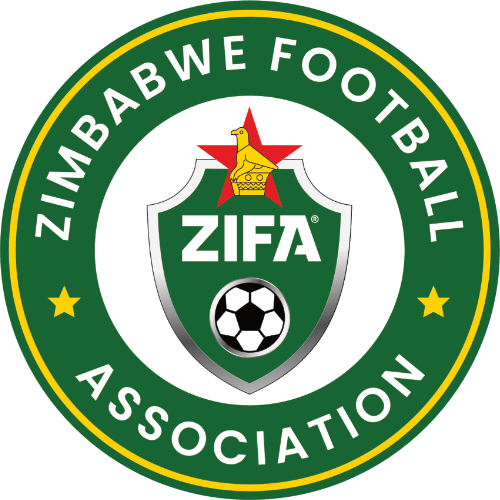
Building the Framework – From Vision to Structure
This second article explains how Articles 2, 3, and 8 of the MOU turn policy into systems, creating calendars, databases, and measurable delivery toward the 2026 Provincial Junior Leagues.
Vision without structure fades into slogans. The newly signed MOU between ZIFA and MoPSE ensures that dreams of youth football reform are translated into machinery.
As articulated in Article 2 of the MOU, implementation must occur “in all provinces and districts of the Republic of Zimbabwe.” That line transforms a national wish into a legal command: football must reach every learner.
Under Article 2.2.1, the Parties commit to a year-round football calendar harmonized with school terms. This ensures every term has predictable competitions and coaching cycles. A pupil’s progress will be measured not in scattered tournaments but in developmental milestones, from class to district, district to province. By 2026, that rhythm will produce ten fully fledged provincial junior leagues operating in unison.
Article 2.2.3 directs both Parties to implement “capacity-building programs for educators and administrators.” Teachers and district officers will become certified coaches, referees, and safeguarding officers under ZIFA supervision. It is an education revolution disguised as sport, creating a new class of teacher-mentors who lead with both whistle and wisdom.
Through Article 2.2.5, every school footballer must be entered into the FIFA Connect database. This creates a digital identity, name, age, school, and statistics, verifiable at provincial and international levels. For the first time, Zimbabwe’s grassroots talent will exist inside the same transparent system used by global federations. Integrity becomes infrastructure.
In Article 2.2.7, the MOU demands “promotion of pupil-safeguarding principles and child-protection awareness.” No match may proceed without trained protection officers present. This single clause transforms football fields into safe learning environments, giving parents confidence that inclusion will never come at the expense of dignity.
Article 3 provides the financing logic: “The Parties shall collaborate in mobilizing financial, technical, and human resources.” That means sponsorships, public-private partnerships, and community engagement are now policy instruments, not favours. Every ball purchased, every bus chartered, every clinic run contributes to a measurable national program.
Article 8 of the MOU sets professional standards and annual review obligations.
Performance will be judged by trained coaches, active teams, registered players, and safeguarding compliance. Data will replace assumption, and delivery will replace rhetoric. When the first whistle blows in 2026, it will echo accountability.
The framework converts President Magwizi’s philosophy, “systems, not slogans”, into law. Calendars, databases, teacher-training, and child-protection policies become the steel beams of national football revival.
“We are not building events but systems that outlive us.” – President Nqobile Magwizi
More News

CAF B Refresher Course Kicks Off — Raising the Bar for Zimbabwean Coaches
Mon 3 Nov 2025
The Zimbabwe Football Association (ZIFA) has officially opened the latest edition of the CAF B Refresher Coaching Course, taking place in Harare from 3 to 7 November 2025. The programme is part of ZIFA’s ongoing commitment to strengthening coaching capacity nationwide and ensuring that local coaches stay abreast of evolving football methodologies and global trends. […]

